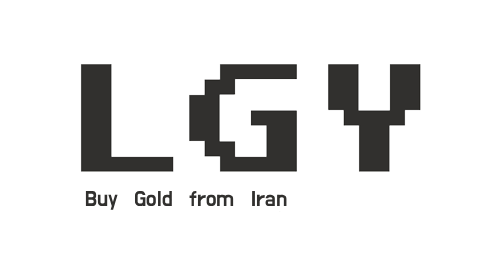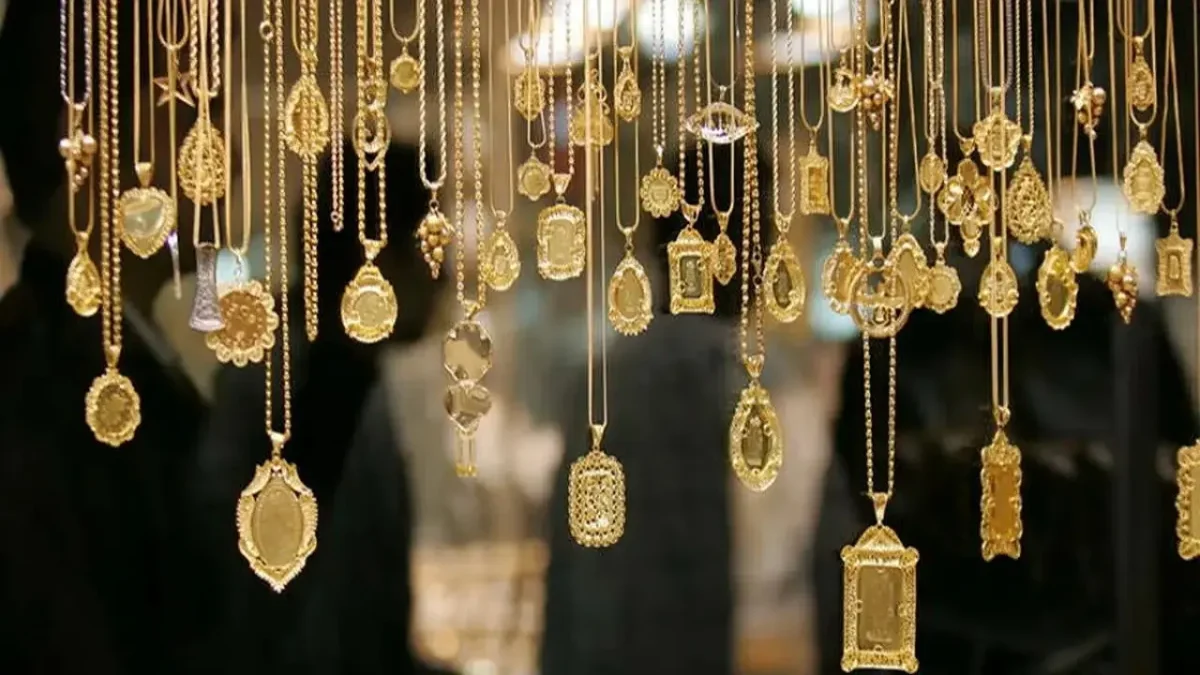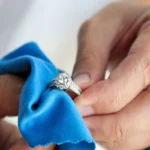
Tips for Caring for Your Iranian Jewelry
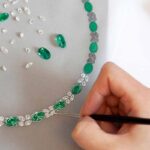
Modern Designs in Iranian Jewelry
In recent years, Iranian jewelry has gained increasing recognition on the global stage, captivating jewelry enthusiasts with its unique blend of traditional craftsmanship and modern design trends. Rooted in a history of intricate artistry and cultural symbolism, Iranian jewelry has evolved to meet contemporary tastes while maintaining the authenticity that defines Persian craftsmanship.
This post examines the latest trends in Iranian jewelry and its growing influence in the global fashion market, shedding light on how modern design sensibilities and timeless traditions are coming together to create a distinctive impact.
1. The Revival of Traditional Techniques in Modern Design
One of the most exciting trends in Iranian jewelry is the revival of traditional techniques such as filigree, granulation, enamel work, and stone setting, which are being reinterpreted in modern designs. These ancient techniques often passed down through generations of artisans, are being incorporated into contemporary pieces that appeal to both heritage lovers and modern fashion-conscious consumers.
Filigree and Minimalism
The delicate art of filigree—the twisting of fine gold or silver threads to create intricate, lace-like designs—has made a major comeback. Modern Iranian jewelers are incorporating filigree into minimalist designs, pairing delicate patterns with clean, geometric shapes. This fusion of traditional craftsmanship with minimalist aesthetics has made these pieces popular on international platforms, appealing to those who appreciate both the artistry and subtle elegance of Iranian jewelry.
Enamel Work (Minakari) Meets Contemporary Fashion
Minakari, or enamel work, remains a prominent feature of modern Iranian jewelry. The use of bold, vibrant colors in necklaces, earrings, and bracelets is being combined with sleek, contemporary designs, allowing Minakari pieces to stand out in the global fashion market. Designers are moving away from heavily ornate patterns and are instead focusing on simpler forms that emphasize color blocking and geometric shapes, making the traditional craft accessible to a wider, fashion-forward audience.
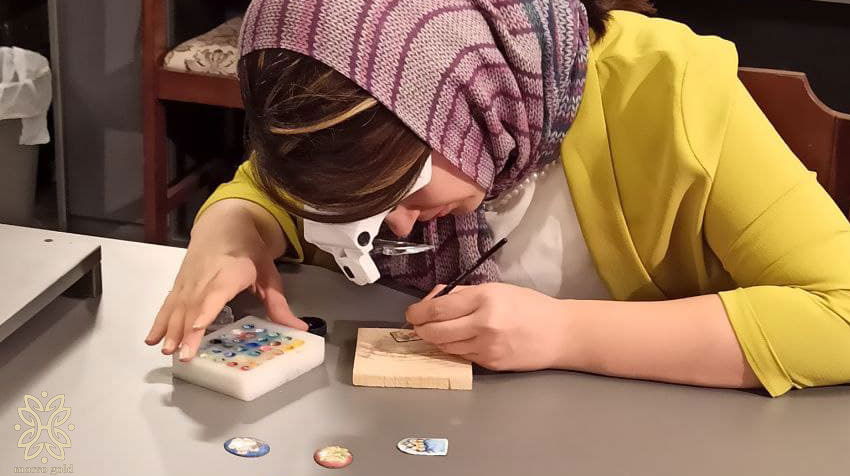
Enamel Work (Minakari)
2. The Rise of Ethical and Sustainable Jewelry
As consumers worldwide become more conscious of sustainability and ethical practices, Iranian jewelry has gained attention for its emphasis on handcrafted, artisan-made pieces. Unlike mass-produced jewelry, much of Iranian jewelry is still created using sustainable, time-honored techniques, often with materials sourced locally from Neyshabur turquoise mines or other semi-precious stone quarries within the country.
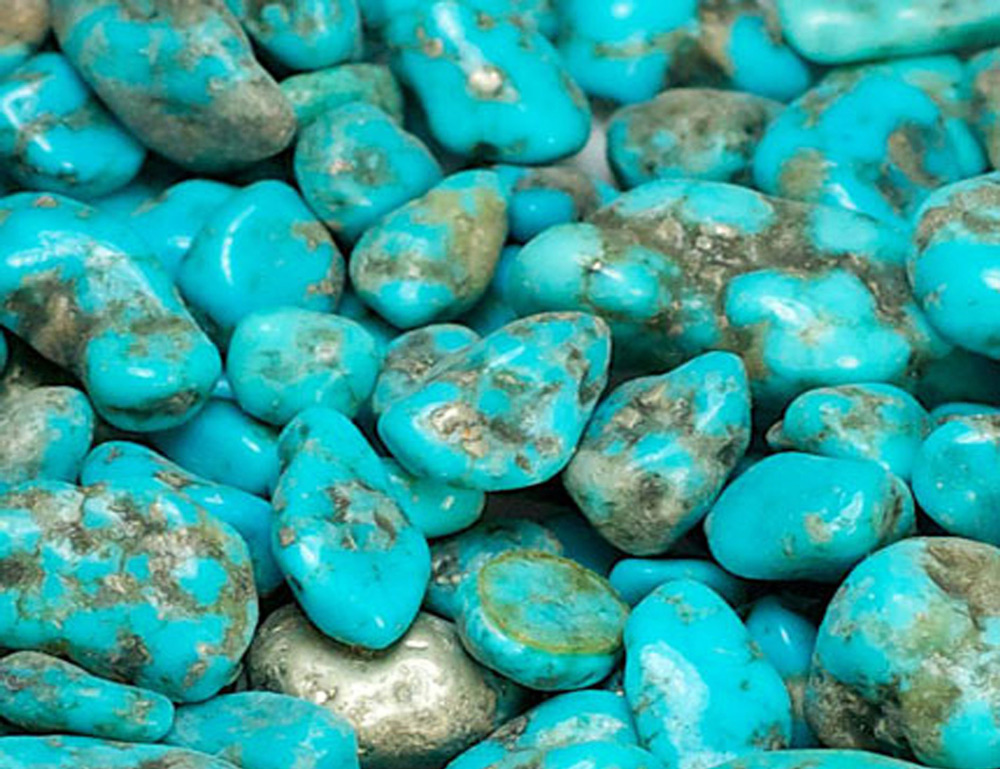
Turquoise (Firouzeh)
Artisanal Craftsmanship Over Mass Production
Many Iranian jewelers continue to rely on handmade processes, ensuring each piece is crafted with care and attention to detail. This focus on small-batch, artisan production aligns with global consumer demand for ethical fashion, where buyers are increasingly looking for unique, handcrafted items that have a story behind them.
The emphasis on ethical sourcing and traditional craftsmanship has allowed Iranian jewelry to fit into the broader trend of slow fashion, appealing to consumers who want to invest in timeless, well-made pieces rather than fast fashion items.
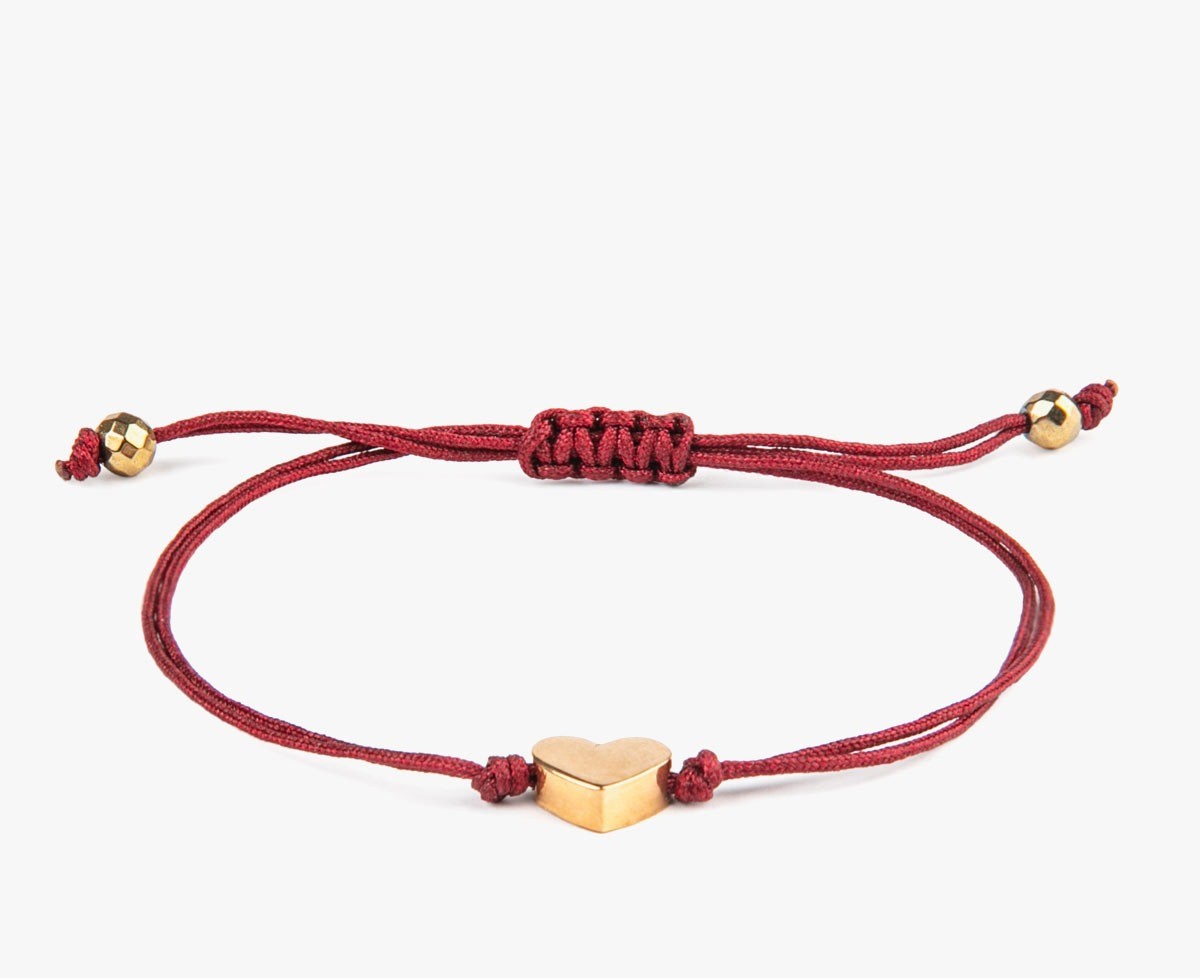
Iranian Jewelers Handmade
3. The Global Appeal of Iranian Gemstones
Iran has long been known for its unique gemstones, such as turquoise, agate, lapis lazuli, and carnelian, which hold cultural and spiritual significance. Today, these gemstones are playing a key role in global jewelry trends, as their vibrant colors and historical significance continue to attract international buyers.
Turquoise: A Symbol of Protection and Elegance
Persian turquoise from the Neyshabur mines is among the most sought-after turquoise in the world. This stone has become a symbol of protection, prosperity, and elegance in many cultures, and its use in modern jewelry designs has elevated it as a global trend. International designers are increasingly incorporating Persian turquoise into minimalist rings, pendants, and earrings, using its distinctive blue hue as a statement piece in contemporary fashion.
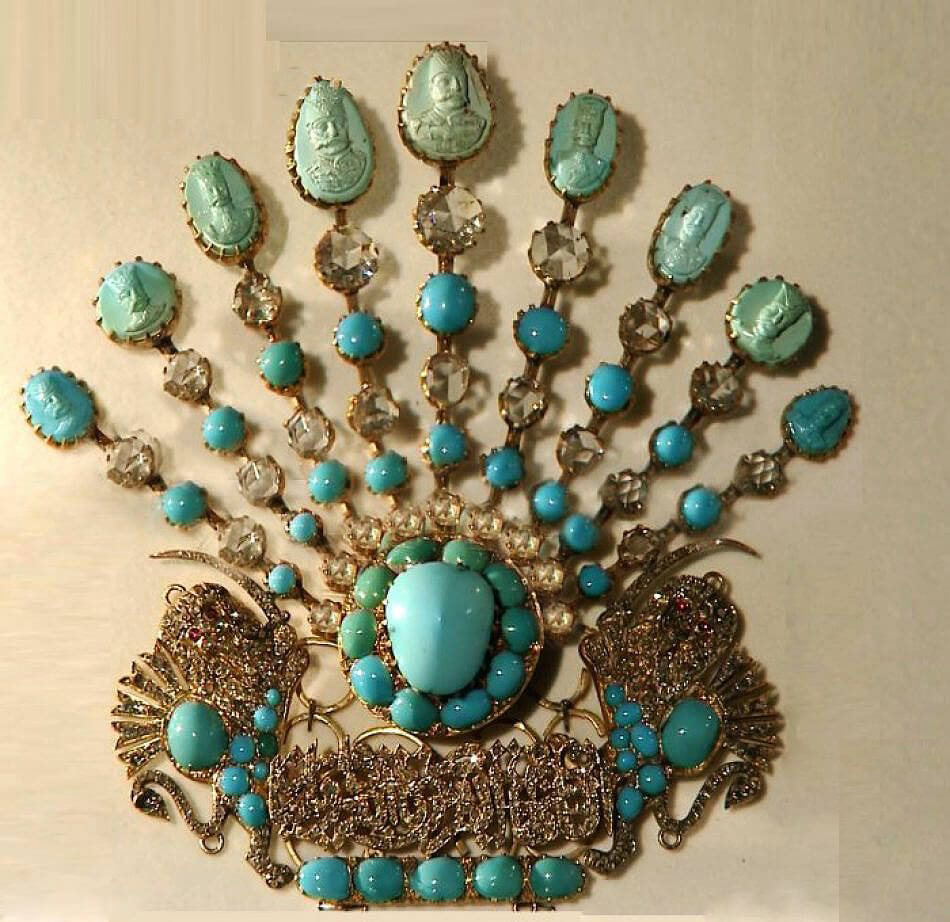
Turquoise – Iran Treasury of National Jewels
Agate and Lapis Lazuli in High-End Fashion
Agate and lapis lazuli, which have long been used in traditional Iranian jewelry, are now being embraced by global designers. Agate’s natural patterns and lapis lazuli’s rich blue tones are being utilized in statement rings, brooches, and necklaces, appealing to consumers who appreciate the organic beauty of semi-precious stones. The use of these stones is particularly popular in bohemian and eclectic fashion trends, which emphasize natural materials and earthy, artistic designs.
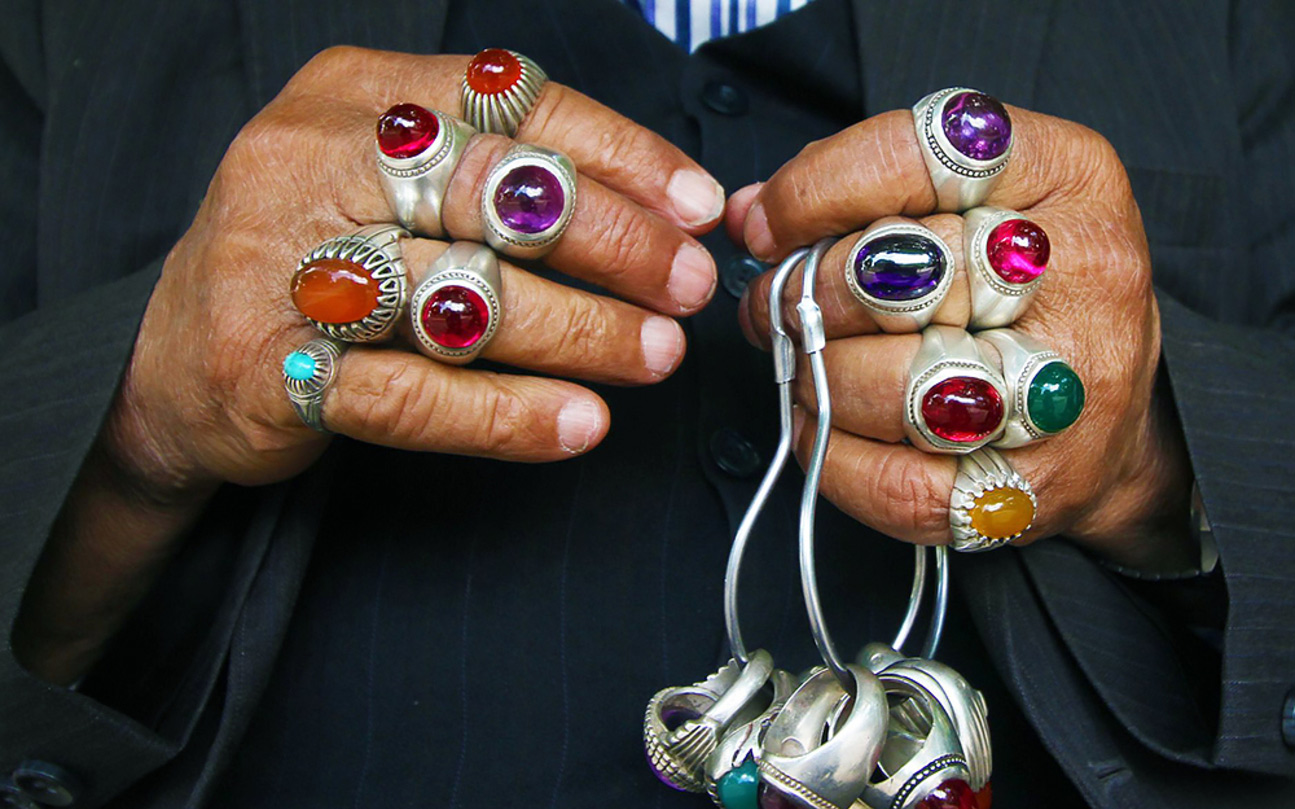
Agate (Aqeeq)
4. Customization and Personalization
A growing trend in global fashion is the desire for personalized and custom-made jewelry, and Iranian jewelers are well-positioned to meet this demand. Custom engravings, such as Persian calligraphy, or the addition of birthstones and protective talismans, have become popular among buyers seeking one-of-a-kind pieces with personal meaning.
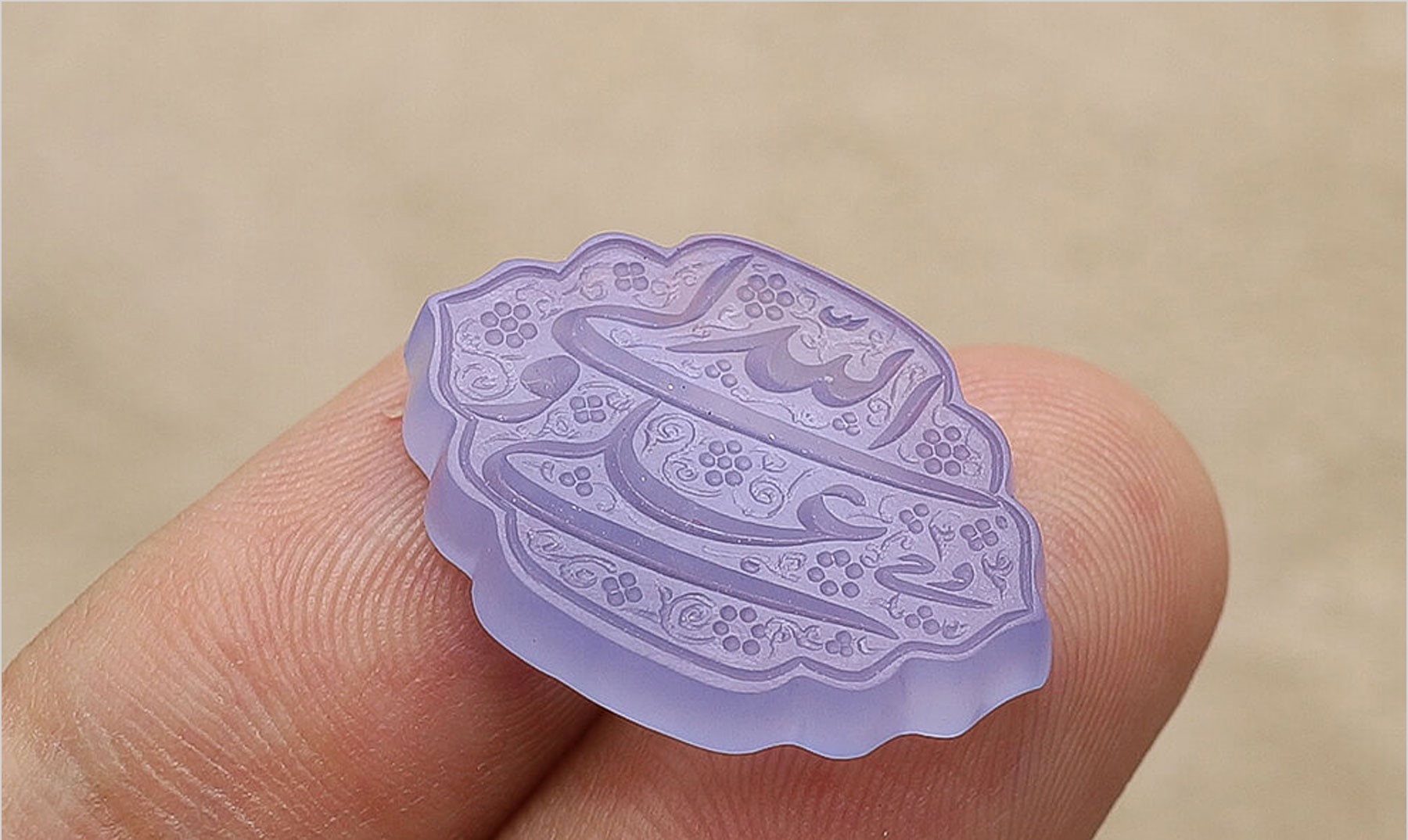
Carving precious stones
Persian Calligraphy and Spiritual Motifs
Persian calligraphy is not only a visual art form but also a meaningful way to add personal significance to a piece of jewelry. Customizable jewelry featuring Quranic verses, names, or phrases written in elegant Persian script is a growing trend, especially for those who appreciate the fusion of art, language, and spirituality.
Moreover, incorporating spiritual symbols such as the Faravahar (a Zoroastrian symbol of divine guidance) or other protective motifs into jewelry is becoming a popular way to create personalized pieces that carry cultural and spiritual significance. This trend of personalized, symbolic jewelry has contributed to the global interest in Iranian jewelry, as people seek pieces that resonate on a deeper level.
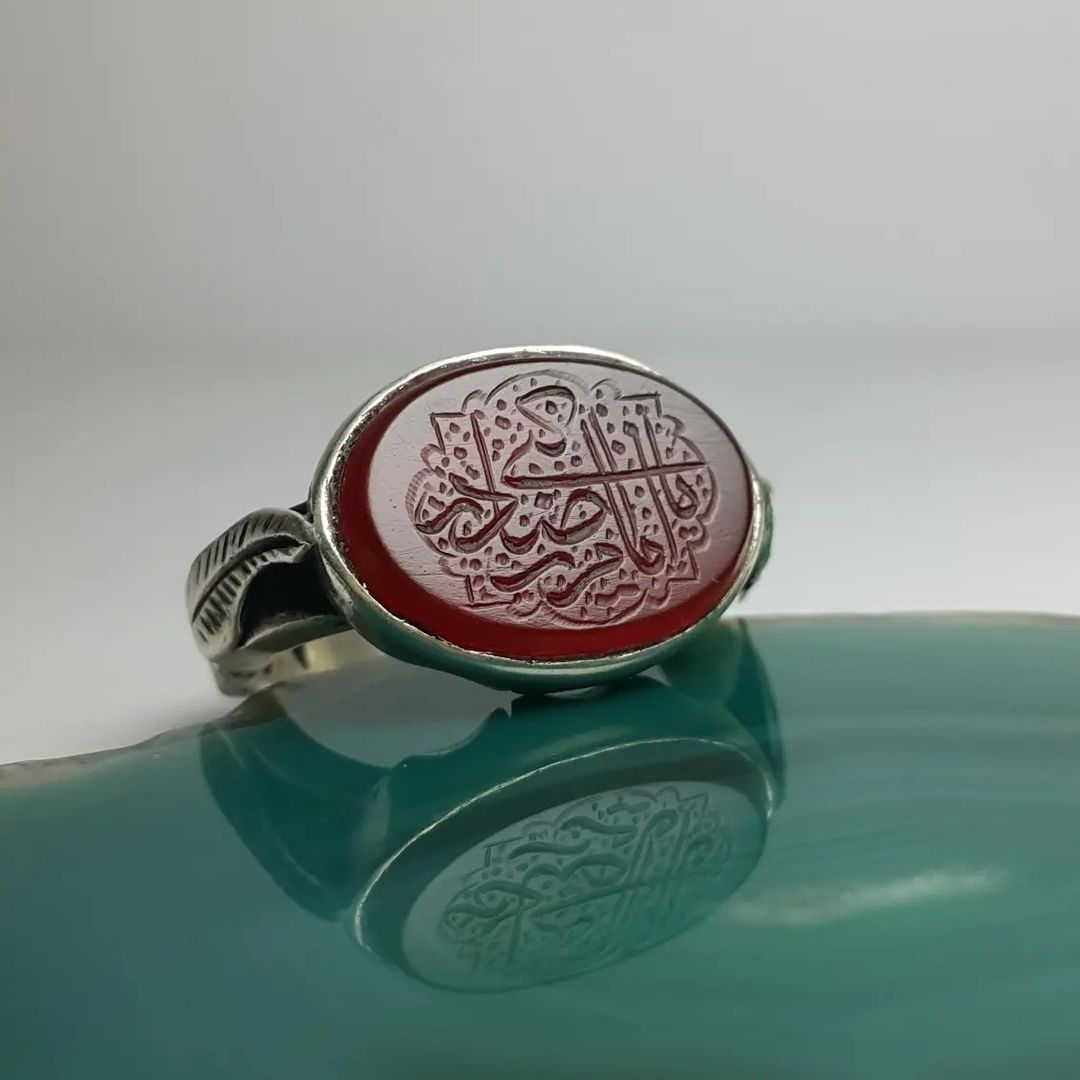
Persian Calligraphy and Spiritual Motifs
5. The Influence of Iranian Jewelry on High Fashion
Iranian jewelry is increasingly being featured in high-end fashion shows and luxury markets, where its unique craftsmanship and cultural heritage set it apart from other contemporary designs. Luxury fashion houses and jewelry designers are beginning to incorporate Persian-inspired motifs and materials into their collections, further cementing Iranian jewelry’s place in the global market.
Collaborations with International Designers
Some international designers are collaborating with Iranian artisans to create collections that blend Persian traditions with modern aesthetics. These collaborations often highlight sustainability, craftsmanship, and ethical sourcing, appealing to the luxury consumer who values authenticity and quality.
6. Iranian Jewelry as a Cultural Statement
As cultural appreciation and heritage fashion gain momentum, wearing Iranian jewelry has become a way for consumers around the world to express their appreciation for Persian art and culture. Iranian diaspora communities, as well as international fashion enthusiasts, are increasingly seeking jewelry that reflects Persian identity, allowing the wearer to make a cultural statement while embracing modern fashion trends.
Jewelry as a Form of Cultural Expression
For many, wearing Iranian jewelry is more than just a fashion choice; it’s a way to connect with Persian culture and heritage. The use of traditional motifs, historical symbols, and ancient gemstones enables people to carry a piece of Iran’s rich cultural history with them, creating a bridge between the past and the present.
Conclusion: The Growing Impact of Iranian Jewelry in the Global Market
Iranian jewelry is making waves in the global fashion market, thanks to its unique combination of traditional craftsmanship and contemporary design. From the resurgence of ancient techniques like filigree and enamel work to the increasing demand for ethical, sustainable fashion, Iranian jewelers are well-positioned to continue influencing global trends.
At LetsGoYelo, we are proud to offer a selection of authentic Iranian jewelry that embodies both the artistry of Persian craftsmanship and the latest fashion trends. Explore our collection to discover how traditional Iranian jewelry is shaping the future of global fashion, one exquisite piece at a time.
